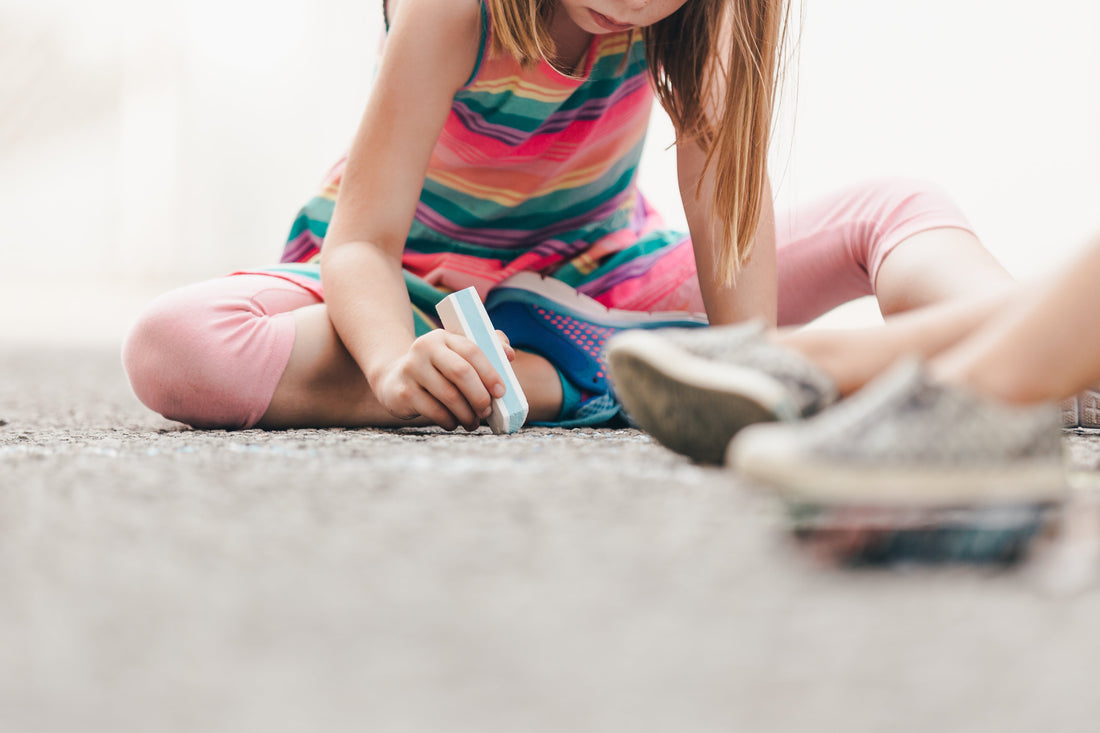
The vulnerability of children
Share
Our world is built around adults in so many ways, but one of the worst is the way the adult viewpoint tends to anchor prevailing 'commonsense' attitudes about safe levels of environmental contaminants. Levels or patterns of pollution that pose little problem to adults may be many orders of magnitude worse for children. Lead is like this - but why?
A Unicef report helpfully summarises the reasons (p. 6, paraphrasing):
- Higher Absorption: Due to metabolic differences, children ingesting the same amount of lead as an adult will absorb 4-5 times more into their body.
- Increased Intake: Children are small and eat and drink relatively more than adults in comparison to their body weight. This results in a higher lead intake per unit of body weight.
- Behavioral Risks: Children's habits like crawling, rolling on the ground, sucking, licking or eating household objects or soil all contribute to higher transmission of environmental lead into the bloodstream.
- Developing Brain: Children's still-developing blood-brain barriers and rapidly growing brains make them more susceptible to neurological damage from lead.
- Long-Term Effects: Lead exposure during early childhood can have lifelong socio-economic impacts, affecting education, behaviour, and future earning potential.
The report proposes seven steps (p. 17) to help protect children from these dangers. Step one:
"Determine if there are lead based risks in the house or around the community where children reside"
That's where we want to help.
The steps in full:
- Identify lead-based risks in the home and community
- Keep children away from them
- Wash objects and hands regularly
- Promote a good diet
- Avoid lead-containing consumer products
- Avoid transmitting contamination from adult workplaces to the home
- Seek medical help if needed
